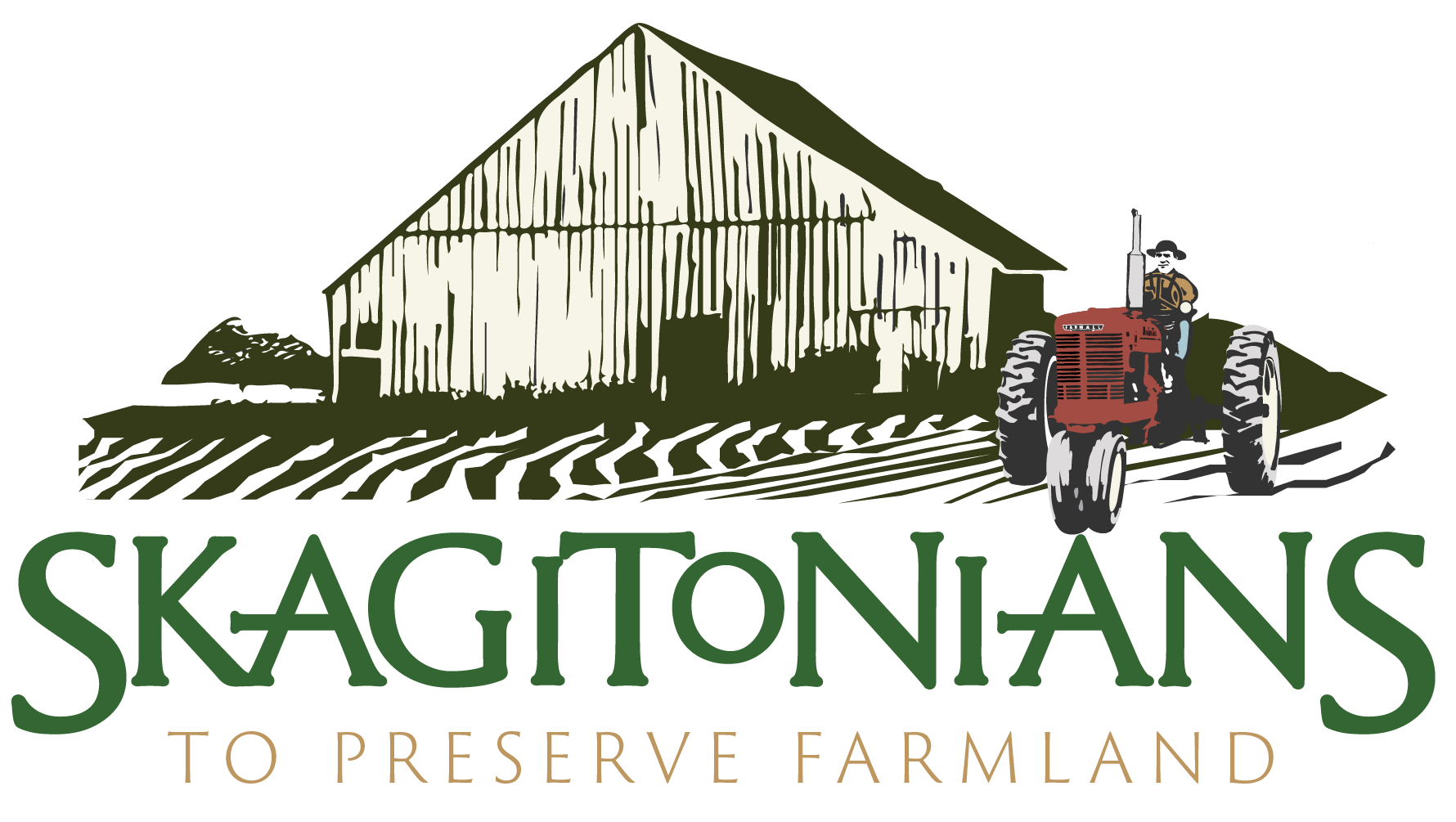The Dirt Issue 31 - Career Technical Education
Career and Technical Education in AgricultureIn our modern world, the need to develop and enhance work skills is constantly evolving. Rarely does anyone say anymore, “That’s a good job, a job for life.” Technologies change. Economies change. Marketable skills change.Recognizing and responding to these shifting demands is very much the mission of CTE, Career and Technical Education. According to the group Advance CTE, Career and Technical Education is defined as “an educational option that provides learners with the knowledge and skills they need to be prepared for college and careers. CTE gives purpose to learning by emphasizing real-world skills and practical knowledge within a selected career focus.” By following clear pathways, students are given a chance to deeply explore a subject that excites them. Statistics show just how important that can be: 75 percent of all high school graduates have earned at least one CTE credit and students who concentrate on CTE in their high school career can boast a 93 percent graduation rate.How it works in agricultureWhile CTE covers 16 career clusters, we’re specifically interested in one: agricultural education and training. At the high school level, agricultural education and training consists of three integrated components: classroom instruction, supervised agricultural experience, and active involvement in the National Future Farmers of America (FFA) Organization.It starts in the classroomReferring to Mount Vernon High School’s 2018/2019 Course Catalog, examples of agricultural education subjects include animal science, horticultural science, shop technology, and agricultural leadership & communication. These courses, combined with core academic requirements, provide a solid foundation in which STEM education is key. Like so many careers, those in agriculture require a firm grounding in science, technology, engineering and math.If that last statement startles you, know this: there are currently 235 occupations directly tied to agricultural education. Of course we’re talking growers, farmers and ranchers, but we’re also talking plant geneticists, veterinarians, agricultural engineers, biologists, agronomists, business owners, teachers, animal nutritionists, marketers, processors, agricultural economists, and so much more. Each of these disciplines gets a big boost from a high school agricultural education program.From the classroom to real-world applicationsThe second component in agricultural education and training is a Supervised Agricultural Experience program or SAE. In this component, the emphasis is on learning by doing. Following a highly professional pathway, SAE participants complete this requirement in ways ranging from owning and operating their own agricultural business to interning at an established agriculture-related business to conducting agriculture-related scientific experiments and reporting on the study outcomes. The possibilities for a SAE component are many but all are strictly structured and closely supervised. Students learn how to plan for and establish project goals that are SMART: Specific, Measurable, Achievable, Realistic and Timely. These SMART goals techniques, like so much of what is learned in a SAE, are eminently transferable to any number of career paths. Students also learn to record their progress, whether in terms of time expended, financial transactions, or a journal describing work performed. Finally the SAE is closely reviewed every step of the way by a qualified supervisor. It’s real work, designed and executed in an easily assessed structure. Benefits to the students are vast: increased self-confidence, development of job skills, practical applications of coursework, and real help in the transition from school to career.National FFA OrganizationThe third and final component in agricultural education and training is active involvement in the National FFA Organization, “an intracurricular student organization for those interested in agriculture and leadership,” (FFA.org). The core of FFA is the local chapter. An FFA chapter may be chartered in any public school with an agricultural education program. Skagit County has three local chapters; Mount Vernon, Burlington, and Sedro-Woolley. According to the Washington State FFA Association, FFA is “the training and testing area of agriculture education. FFA evaluates the skills that students learned through agriculture education by using Career Development Events. It also sharpens students’ speaking and leadership skills.”In a truly mutually-dependent synergy, not only can there not be an FFA chapter in a school without an agricultural education program, but a student cannot join FFA unless they are enrolled in that same program.An important history of advancementIn a very real way, the history of FFA is the deeply tied to the history of agricultural education. To give it context, in 1908, out of all students in all grades in the U.S., 93% were in elementary school, just 4% in high school and 3% in college. One hundred years later, in 2008, 24% of all students were in high school and 28% in college. What changed? Well, many things, but one of the biggest was recognition that educational models were often outdated and provided little in the way of applicable skills in a changing world. In 1917, President Woodrow Wilson signed the Smith-Hughes Act that provided federal funds for teaching agriculture, home economics and certain trades in public schools. Soon there were budding agricultural education programs in many schools throughout the country. In 1928, Future Farmers of America was founded. According to Washington FFA Association it “brought together students, teachers and agribusiness to solidify support for agricultural education.”It’s a three-part system with far-reaching impactThe reason the integration of classroom instruction, SAE and FFA in agricultural education has been so successful is due to educators’ commitment, complementary support of one component to another, and the passion and dedication of the students. In 2012, one such student, Jacob Dickey, then a sophomore studying agricultural education at the University of Illinois at Urbana-Champaign, summed it up perfectly when he wrote about his involvement in agricultural education and FFA from seventh grade to his high school graduation, “Each year, FFA and agricultural education give over 520,000 of my fellow students the opportunity to define their future by planting individual seeds of leadership, passion and opportunity. It gives students the chance to apply what they learned into real world situations, and inspire students to go above and beyond in ways many of them have never dreamed.”
